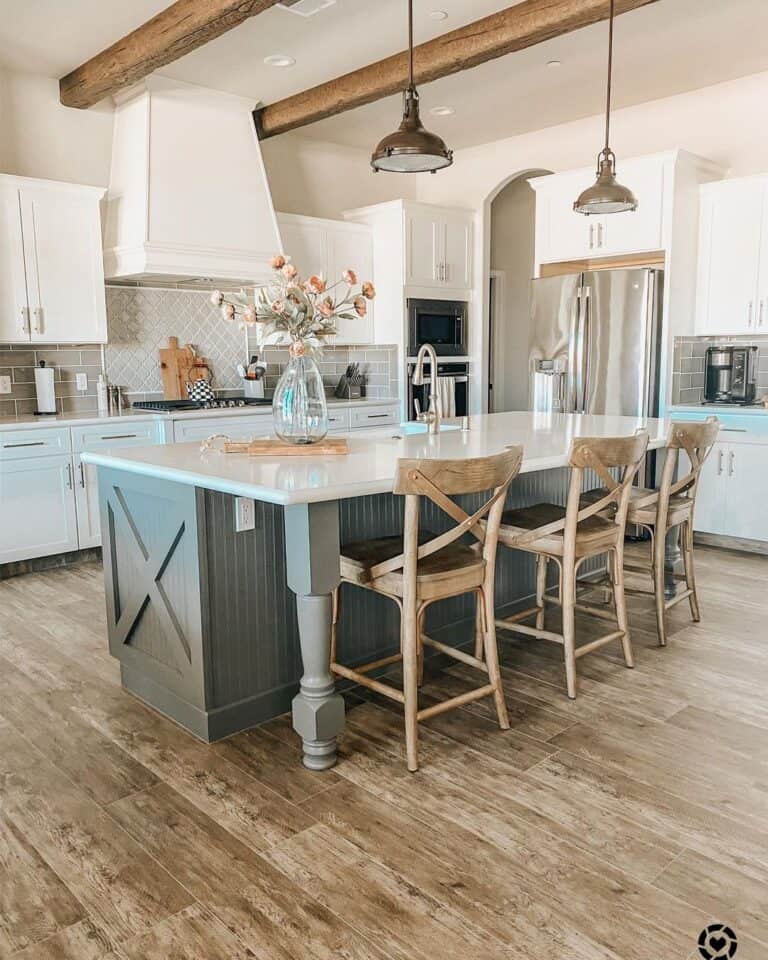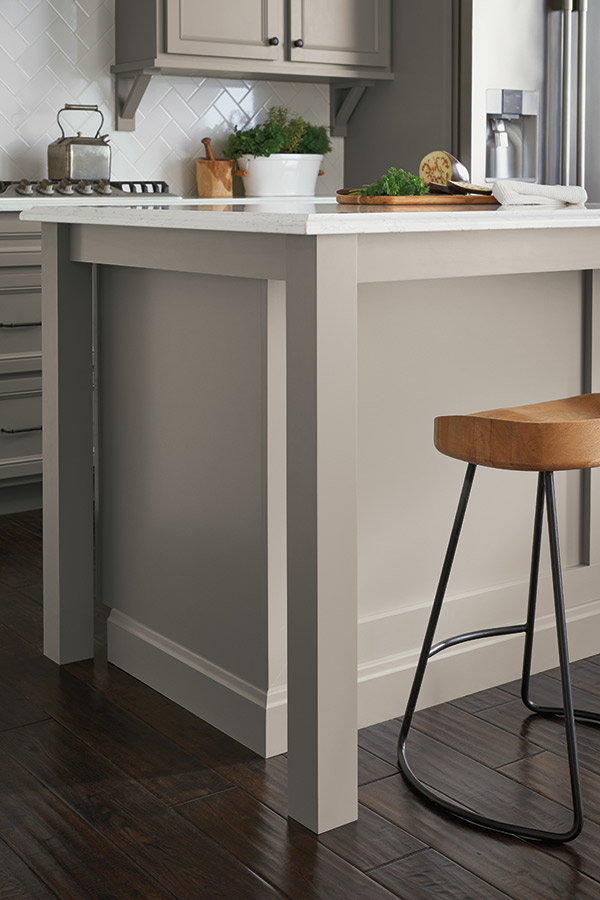Accomplish an Innovative Appearance Using Ornate Legs For Kitchen Island Styles
Accomplish an Innovative Appearance Using Ornate Legs For Kitchen Island Styles
Blog Article
Essential Aspects to Consider When Choosing Legs For Cooking Area Island
Picking the appropriate legs for a kitchen island entails a mindful assessment of numerous factors that can considerably influence both functionality and visual appeal. As we discover these aspects, it ends up being clear that each choice can have far-reaching ramifications for the general kitchen area experience.
Material Options
When choosing legs for a kitchen area island, recognizing the numerous product options is important for achieving both visual charm and architectural honesty (Legs For Kitchen Island). The selection of product dramatically affects not only the toughness of the island however also its total design and performance
Timber is a prominent choice, using heat and adaptability. Solid woods, such as oak or maple, supply stamina and can be discolored or painted to match the kitchen area style. Metal legs, commonly made from stainless-steel or functioned iron, add a industrial and modern-day feeling while guaranteeing toughness and security. These products are immune to wear and can support substantial weight, making them ideal for bigger islands.
Another choice is engineered products, like MDF or plywood, which can be much more cost-effective while still providing a series of finishes. Nonetheless, they might not give the same degree of security as strong wood or metal. Products such as acrylic or glass can create a modern look, though they may need added assistance to make sure security.
Ultimately, the choice of product for cooking area island legs ought to line up with the preferred performance and the general style of the kitchen.
Design And Style

When taking into consideration style, the shape and coating of the legs are essential. Conical legs can provide a feeling of agility and sophistication, while thicker, more durable legs can share toughness and security. Additionally, the surface-- be it repainted, tarnished, or natural-- should complement the cabinetry and kitchen counter materials to produce a unified look.
In addition, the design of the legs can also mirror personal taste. Personalized or ornamental legs, such as those featuring intricate makings or unique geometric forms, can act as prime focus, adding personality and individuality to the kitchen area. Eventually, the best option will not just boost functionality yet also boost the visual appeal, making the kitchen island a standout attribute of the home.
Height Factors To Consider
Picking the suitable height for cooking area island legs is vital, as it directly influences both performance and comfort. The typical height for a kitchen island commonly ranges from 36 to 42 inches, straightening with typical countertop elevations. A 36-inch height is suitable for cooking and food preparation, permitting comfy use cooking area home appliances and devices. On the other hand, an elevation of 42 inches is typically preferred for islands meant for bar seats, fitting taller feceses and providing an informal dining experience.

It is likewise necessary to account for customers' choices and heights. Tailoring the height can ensure a comfy experience for all member of the family, making the kitchen area island a more satisfying and functional space.
Weight Assistance
Ensuring appropriate weight support for cooking area island legs is important for both safety and security and performance. The cooking area island typically offers several objectives, including food prep work, dining, and extra storage space, requiring a durable support structure. When picking legs, it is important to take into consideration the overall weight capability called for based on the island's meant usage and the materials that will be positioned on it.
The choice of material for the legs plays a substantial role in their weight-bearing abilities. Strong wood, metal, and durable compounds generally supply premium strength compared to lighter products. In addition, the design of the legs-- whether they are straight, tapered, or have a pedestal type-- can affect their capacity to distribute weight efficiently across the framework.
In addition, the leg placement ought to be tactically prepared to boost security. Legs placed at the corners or with a wider base can better support much heavier tons. Constantly consult the producer's specs relating to lots restrictions to make certain that the legs can maintain the desired weight without compromising safety. In summary, selecting cooking area island legs with adequate weight assistance is essential for creating a functional and safe cooking room.
Setup and Maintenance
Correct installation and upkeep of kitchen island legs are essential for making sure longevity and stability. This often includes securing the legs to the island base utilizing ideal fasteners, making certain that the legs are level and straightened.
Once set up, regular maintenance is essential to preserve the stability and look of the legs - Legs For Kitchen Island. For wooden legs, regular cleansing with a damp fabric and application of ideal timber polish can stop moisture damage and preserve their coating. Metal legs may need a mild cleaning service to get rid of oil and grime, complied look at this now with by a completely dry towel to avoid corrosion development
Furthermore, evaluate the legs routinely for indications of wear or damage, such as fractures or loose joints. Tightening up screws or bolts as needed can likewise extend the life expectancy of the legs. By sticking to these setup and upkeep methods, house owners can make sure that their cooking area island continues to be strong and aesthetically appealing for many years to find.
Final Thought

Visual comprehensibility is paramount in choosing the style and style of legs for a cooking area island, as these components greatly influence the general atmosphere of the room. Tapered legs can provide a sense of lightness and beauty, while thicker, a lot more durable legs can share toughness and security.Picking the appropriate elevation for kitchen island legs is essential, as it directly impacts both functionality and comfort. In summary, selecting kitchen island legs why not look here with sufficient weight support is important for creating a functional and safe culinary room.
In verdict, picking legs for a cooking area island requires cautious consideration of various factors, including product choices, style, height, weight assistance, and installation.
Report this page